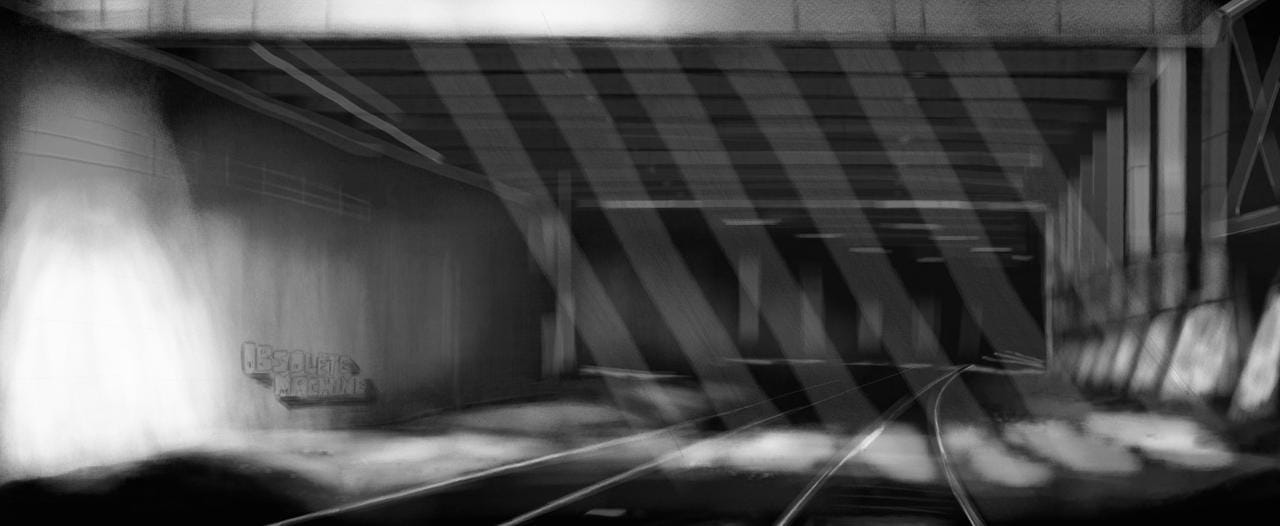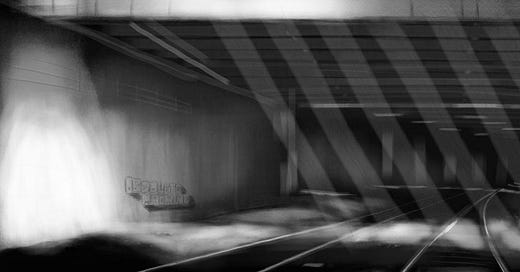The Truth About New York’s Legendary 'Mole People'
Two decades after NYC sought to relocate its infamous tunnel-dwelling denizens, a years-long investigation reveals a few hardy souls still toiling and thriving beneath the city.

Illustrations by Anthony Taille | Edited by Brendan Spiegel
The mouth of the tunnel is wide and dark, swallowing the light and all that breathes. Rubble is scattered along the train tracks, bordered by retaining walls covered in numerous layers of graffiti.
This is where it all started.
Here by the parkway with the blasting trucks and the roaring cars, near the filigree arches of the Riverside Drive viaduct, here with the gravel crunching under my feet as I run down the railroad into this hollow mouth.
This is where they live, deep into the depths of the city, way underground, lying in the dirt. Sure, you know about them. Of course you know about them. They’ve always been there, resting low below the rowdy streets and the carving avenues, gulping the air from inside the earth, crawling through holes and cracks, living off the grid and off the books.
Here in the tunnels.
You’ve heard the rumors. Their eyes have adapted to the constant night that cloaks them from the topside world. Don’t you …
Keep reading with a 7-day free trial
Subscribe to Narratively to keep reading this post and get 7 days of free access to the full post archives.



